Shorty Compact Leyland Cypress
$44.50 Original price was: $44.50.$31.15Current price is: $31.15.
- Free Shipping over $25
- Fast & reliable delivery options
- Enjoy top quality items for less
- Multiple safe payment methods

Every gardener wants fast-growing upright evergreens for hedges and screening. There are many choices, but most of them grow WAY too large for smaller spaces. The Leyland Cypress has been for many years the ‘go-to’ evergreen in mild zones, but it has the potential to grow very large, very quickly. Until now. Everyone is welcoming the arrival on the garden scene of Shorty, the Leyland Cypress that knows how to do great screening without taking over. This selected variety is the first truly compact Leyland Cypress, growing just 5 feet tall in 5 years, and easy to maintain even lower. Trimmed it is perfect for a low hedge, covering a wall or fence, or for screening tanks and air-con units. Untrimmed it knows its place in the foundation planting around your home, or out in a garden bed as an accent plant. Finally we have the easy-care ways of Leyland Cypress in a neat, compact plant that is no trouble to have around – what a relief.
Growing the Shorty Leyland Cypress
Size and Appearance
The Shorty Leyland Cypress is a small to medium-sized upright evergreen conifer, with dense branching to the ground. Young plants grow 6 to 8 inches a year, and a little slower when older. It grows to about 5 feet tall in 5 or 6 years, and then adds just a few inches a year, staying neat and compact, even without trimming. It is just a foot or two wide after those 5 years, so it fits perfectly into beds without smothering the plants around it. The foliage is a rich, bright green, and the leaves are small, flat scales that cling to the branching young stems, forming green fans. These crowd closely together, creating a dense, solid look. This sturdy plant resists wind, rain and winter cold, always looking fresh and green.
Using the Shorty Leyland Cypress in Your Garden
This plant is the ideal choice for smaller screens and hedges in all mild parts of the country. It has all the toughness and reliability of the well-known Leyland Cypress, but in a compact form for smaller spaces. Use it for an upright accent in the foundation planting around your home, as a single plant or in groups of 3 or 5. On a small lawn it is an excellent lawn tree that won’t take over. In beds it makes the perfect backdrop to smaller shrubs, or as a foreground accent with larger ones. For screens and hedges plant 18 to 24 inches apart, in a row, spacing the plants evenly along the row.
Hardiness
The Shorty Leyland Cypress is hardy in zones 6, 7 and 8. In cold regions we recommend the Emerald Green Arborvitae, or other varieties of Arborvitae, and in hot zones the Italian Cypress, for hedges and screening. For everything in between, you have the right choice right here.
Sun Exposure and Soil Conditions
Grow the Shorty Leyland Cypress in full sun, but it will also take an hour or two of shade each day without suffering. It grows well in almost any soil that is not constantly wet, growing best in richer, well-drained soils that aren’t regularly very dry. For best results enrich the soil before planting, adding organic material like compost or rotted manure, and mulch young plants in spring to conserve water. Once well established this plant is resistant to ordinary summer dry periods, but it will benefit from a deep soaking from time to time during extended dry periods.
Maintenance and Pruning
Pests or diseases are not going to bother the Shorty Leyland Cypress, but deer can be a problem in winter, so use deer repellent or a deer-proof fence. It can be trimmed as you wish, anytime from late spring to mid-fall, using a sharp trimmer. It trims easily, and develops a very dense surface with regular trimming. For specimens the lower growth rate of the variety means trimming isn’t even needed – it naturally looks neat, while staying compact and upright.
History and Origin of the Shorty Leyland Cypress
The original Leyland Cypress was found at the end of the 19th century, in a garden in Wales. John Naylor decided to sow some seeds from a cone of the Nootka cypress (Cupressus nootkatensis) that he found in the garden. The resulting seedlings were very fast growing, and when experts took a look they discovered that they were hybrids of that Nootka cypress and a plant of Monterey cypress (Cupressus macrocarpa), that was growing nearby. Mr. Naylor had inherited a large estate called Haggerton Hall, and changed his name to Mr. Leyland, the name of the original owner of the Hall. So the botanists called this new plant Cupressus x leylandii. Since then there have been several revisions of the naming of the parent plants, so this tree is also seen as Cupressocyparis and Cuprocyparis, We are sticking to the original Cupressus for now.
Since those original seedlings were found there have been a number of variations of Leyland cypress developed. This century one of the most widely-grown varieties in Europe is called ‘Tweeduizendéén’. It originated in 1983 at the Van Den Dool Cultures Nursery in Boskoop, a town in The Netherlands at the center of Dutch horticulture. The name means ‘two thousand and one’ in Dutch, and in most countries this plant is called ‘2001’. It is a neat, slightly pyramidal form that grows to a large size. By a strange coincidence, in 2001 Pieter van den Dool, at the same nursery, found a dwarf plant growing among his larger plants of ‘2001’. He studied it for several years, and after 6 years it was only 5 feet tall – much smaller than any other Leyland Cypress would have been. He patented it in 2009 with the name ‘Reco’, and it is normally sold as the Shorty Leyland Cypress.
Buying the Shorty Leyland Cypress at the Tree Center
If you love the look of Leyland Cypress, but need a smaller plant, then the Shorty Leyland Cypress is exactly what you are looking for. This ‘small but tough’ guy is winning hearts everywhere, and we know how quickly our stock is going. So don’t take the chance of missing out – order now while we still have a good supply of great plants.
Be the first to review “Shorty Compact Leyland Cypress” Cancel reply
Related products
Evergreen Trees
Evergreen Trees
Evergreen Trees
Evergreen Trees
Evergreen Trees
Cypress Trees
Cedar Trees
Cryptomeria Trees


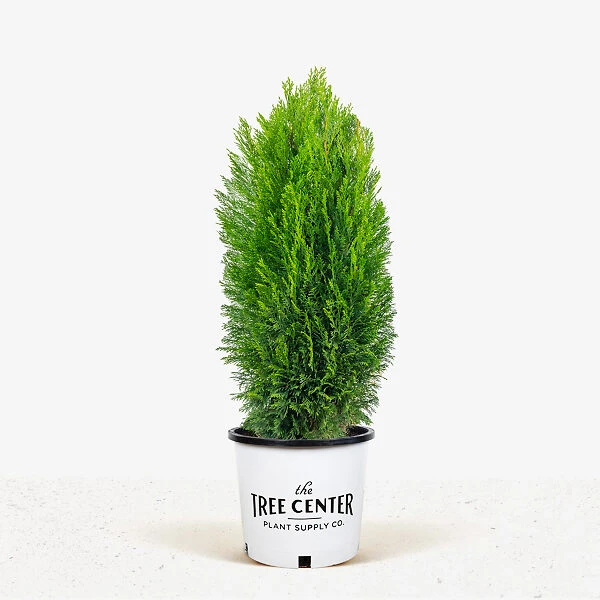


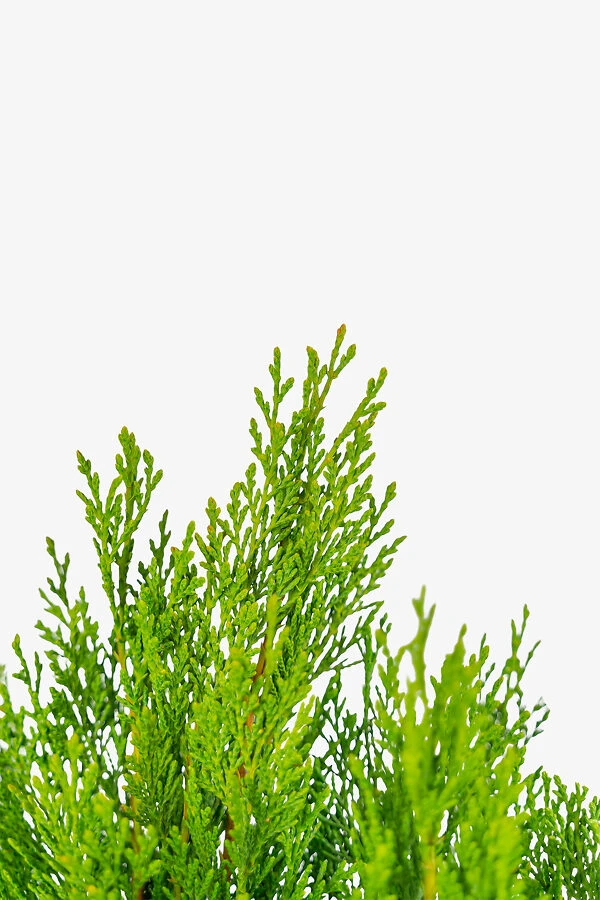

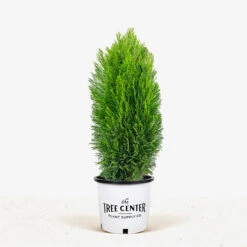


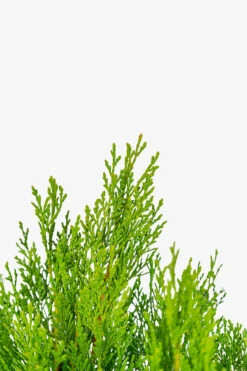



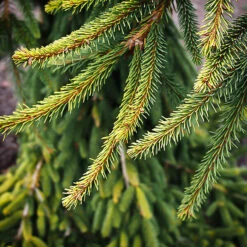
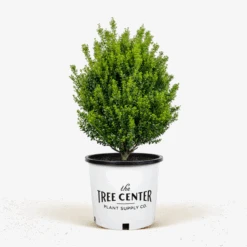



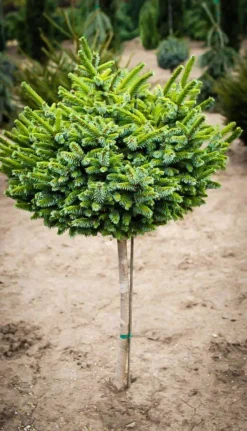
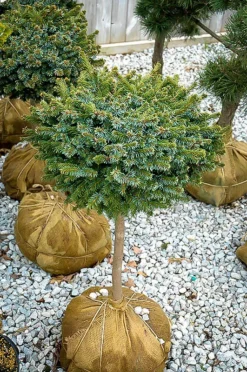


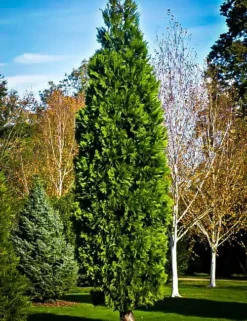
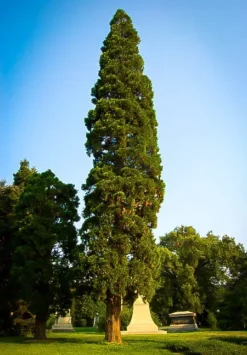
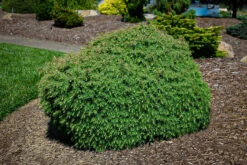

Reviews
There are no reviews yet.